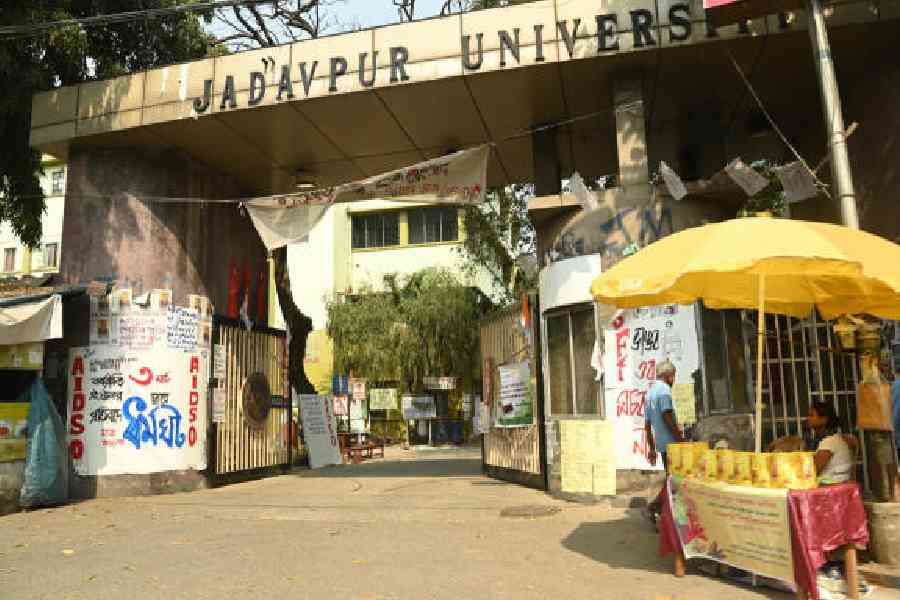India on Monday recorded 168,912 new Covid-19 cases as the coronavirus rampaged through multiple states amid public laxity in personal precautions, election rallies, the Kumbh Mela and what some health experts say are deficiencies in containment measures.
The daily count – a new high so far – increased the number of active patients in India overnight by 92,922, raising the total number of patients to more than 1.2 million that doctors say will intensify pressure on hospitals and critical care services.
The seven-day average of daily new cases has increased in at least 30 states and Union territories over the past four weeks — doubling in Kerala and increasing 20-fold in Delhi, 30-fold in Chhattisgarh and over 60-fold in Bihar and Uttar Pradesh.
The daily Covid-19 death counts too have increased 6-fold nationwide — from 140 deaths on March 12 to 904 on April 11.
In Uttarakhand, where thousands of devotees have congregated for the Kumbh Mela in Haridwar, defying pleas from health officials to avoid crowds, the seven-day average of daily new cases has increased 15-fold, from 59 on March 12 to 935 on April 11.
“It is obvious that the Kumbh Mela has the potential to be a superspreader event. If that happens, we’ll see the impact in the days and weeks to come after the devotees return,” said a senior public health expert, requesting not to be named.
The Union health ministry had last month cautioned Uttarakhand that a significant number of pilgrims and local residents were testing positive for Covid-19 daily and iterated the need for all pilgrims to carry Covid-negative reports.
Scientists tracking the epidemic’s growth say the R value — a measure of the speed at which the infection is spreading — has decreased slightly in both Maharashtra and Punjab, although the value remains above 1, implying a continued increase in active cases.
Maharashtra and Punjab were the first states to report the second wave.
“But we see remarkable increases in R in Bengal, Bihar, Delhi, Jharkhand, Chhattisgarh, Rajasthan, Telangana and Uttar Pradesh,” said Sitabhra Sinha, a researcher at the Institute for Mathematical Sciences, Chennai.
Among the 18 states with the fastest growth, Bihar has the highest R value of 2. “This means cases there are doubling every five days,” said Sinha.
He, however, underlined that every time cases surged in Bihar during the first wave, the spike appeared to “magically go away”.
“We don’t know the reason – it’s possible that the clusters of infections are somewhat isolated from each other and just burn out after a rapid rise,” he said.
Many believe that the fast-rising daily counts have made the efforts to contain the infection more and more difficult and rendered the task of tracing at least 20 contacts for each positive case -– as recommended by the health ministry -– impractical.
“It’s impractical if not impossible,” said Oommen John, a physician and researcher at The George Institute for Global Health, New Delhi.
“We’re now detecting over 150,000 new cases per day – is it really possible to trace and quarantine three million people every day?”
“We have a fragile health system, traditionally understaffed and under-funded,” he said.
“Also, (a sizeable segment) of the healthcare staff is now deployed in the vaccination campaign. And other medical requirements -- whether deliveries or cardiovascular conditions --- haven’t vanished just because Covid-19 has hit us.”












